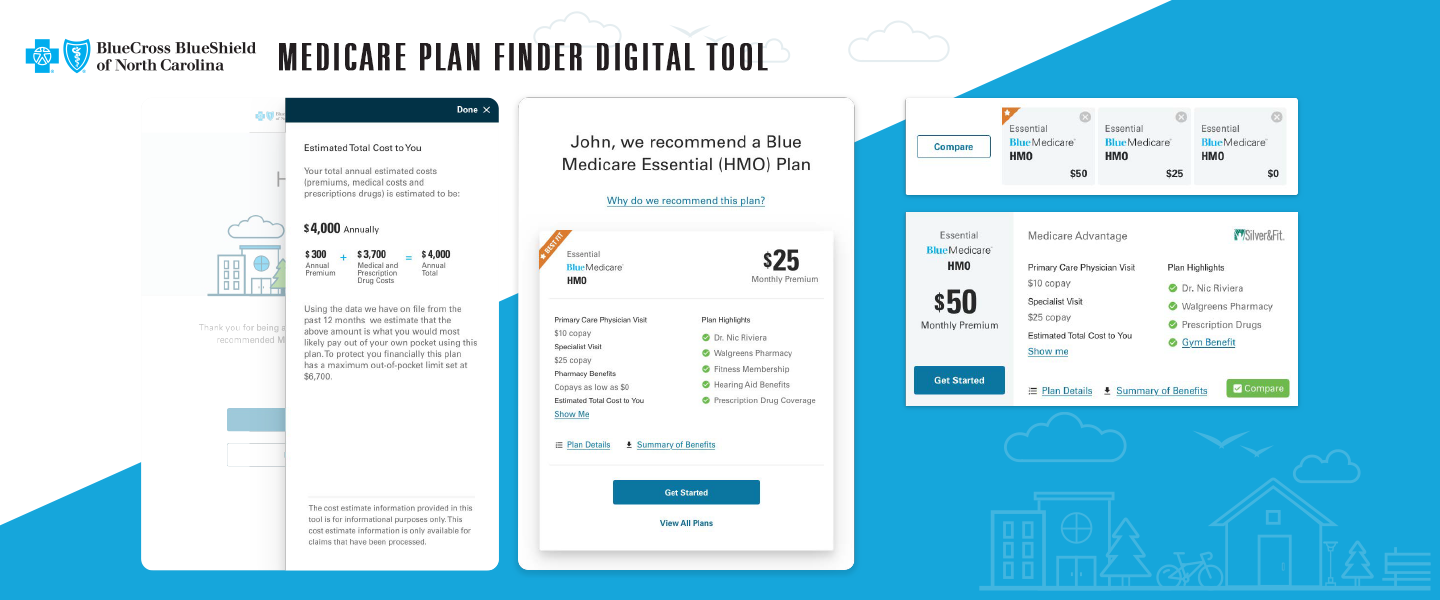There's nothing like a global health pandemic to throw your priority list into sharp focus. For medics, that means saving lives on the front line. For agencies, it's the less heroic - but also pivotal - role of sharpening their digital toolkits to withstand a huge wave of remote demand.
This year's health crisis has driven home our growing need for digital products that are both agile and buoyant. With disruption rolling in fast from every angle, the best agency-led websites and apps will be those that can adapt smoothly, taking unexpected changes in their stride.
The customer viewpoint, including user experience, is an essential part of this process. There's no point developing a product with huge creative wow or a big fanfare if the end result quickly falters in the face of real-world problems. The current challenges with the NHS test and trace app are a case in point.
Instead, engineers need to work closely and iteratively with service teams to get the balance between a host of variables - including agility, speed, security, scaling and compliance - just right. This, in turn, will help to build the foundation of a resilient, long-term, customer-centric product.
Here are four ways in which agencies can work towards that balance, along with some questions that clued-up clients can ask them in an era of unrelenting change.
- Develop a Long-Term Vision:
It's a no-brainer that speed to market is critical in the digital economy; but it often means apps and websites have not been optimized for potential changes (tech disruption, new interventionist regulation, pandemics etc). Likewise, a rushed development phase can create problems as a platform grows in scale and seeks to cater for increased consumer demand - forcing frustrated service-oriented support teams to come up with improvised retrofit solutions.
Similarly, failure to plan for the long-term can result in situations where platforms cannot cope with the volatile swings in demand we are currently witnessing during Covid-19 (a situation exacerbated by governments' ‘hokey cokey' approach to lockdowns). No-one is advocating that service divisions should stifle or restrict creativity and innovation. But early planning for such eventualities is cheaper and less disruptive than trying to fix problems when the platform is generating high levels of traffic and revenues.
- Identify Pressure Points:
It helps to know where potential conflicts lie at the outset. The most obvious flashpoint between developers and service teams is around mid-to-long term planning. Clients and developers typically want rapid prototyping, experimenting and a fail-fast mindset, so they can launch a minimum viable product quickly. This requires a lot of focus on functionality and features: the application side, in other words. The problem with this is that it builds technical debt - ie issues are not addressed in prototyping. Examples include: How secure will this be in two years' time? Does this platform scale? Am I putting it on the right cloud solution? So it's important that the long-term efficiency of a platform is not an afterthought. There needs to be a shared responsibility at the outset, with developers willing to listen and service teams not overstepping the mark. The bottom line is that skipping Quality Assurance and Control stages early on to save time results in a worse user experience, more bugs and more security issues later. Rather than reverse-engineering at a later stage, requirements and acceptance criteria should be taken seriously during design/development.
- Deploy Diversified Skill Sets:
While engineers are crucial to serve customers' requirements as they come in, companies also need to invest in architects that think more about customers' long-term needs and the evolving landscape. The right blend, sometimes referred to as cross-functional teams or T-shaped people, can help achieve balance between developers and service teams. Similarly, developers move so fast that they have a tendency to use the tools they are most comfortable with - even if they are not right for the long-term viability of a product/service. So it makes sense to have people involved at an early stage who can advise on the entire road map. One way to ensure a balance between development and post-launch services is to involve commercial decision-makers at the client from the start. This can provide a kind of reality check, because they are more clearly focused on business outcomes and are likely to provide a remorselessly customer-centric view of the work. Measuring real world results avoids innovation just being technical playtime.
- Be Prepared to Look Under the Hood:
Somewhere along the line an agency may attempt to convince a client they have struck the right balance between speed to market and long-term vision by talking about "DevOps". From the client's perspective, it's important not to get hung up on tech jargon - because it means different things to different people. Clients don't need to know why the agency favours Google Cloud over AWS, or why it chose Kubernetes as its container solution. It's more about getting a sense of the overall approach they are likely to take. Clients need to ask direct questions of potential agency partners including: What is your approach to release management? What tools are you using for compliance?
Rather than discussing DevOps, ask about divisions of responsibilities, automation, audit, logging, compliance and security.
Choosing the right agency is half the battle when building a digital platform that lasts. So one of the most critical tasks for clients is to examine the agency's track record in responding to market needs. Look at their customers' digital platforms. Are they dynamic, and do they change regularly? What do they say about the strength of engagement with customers? Looking at how the end result works in the real world is a key step in crisis-proofing your offering, for a solution that lasts the distance.
Originally published in Computing.


